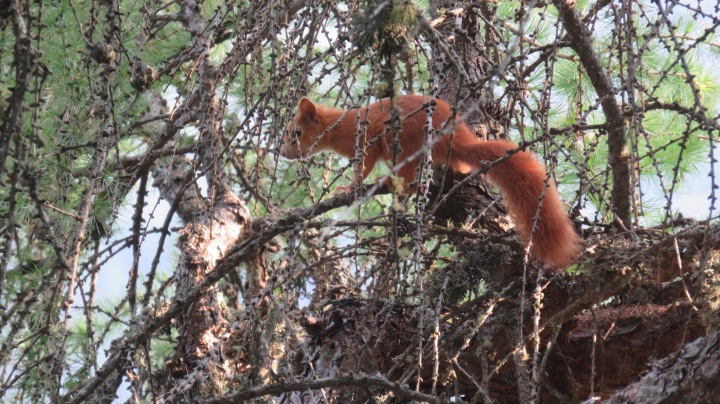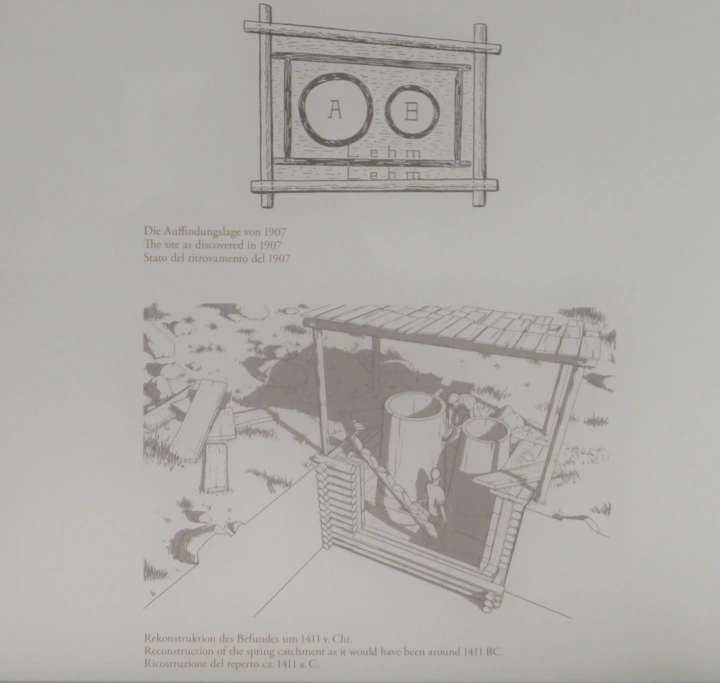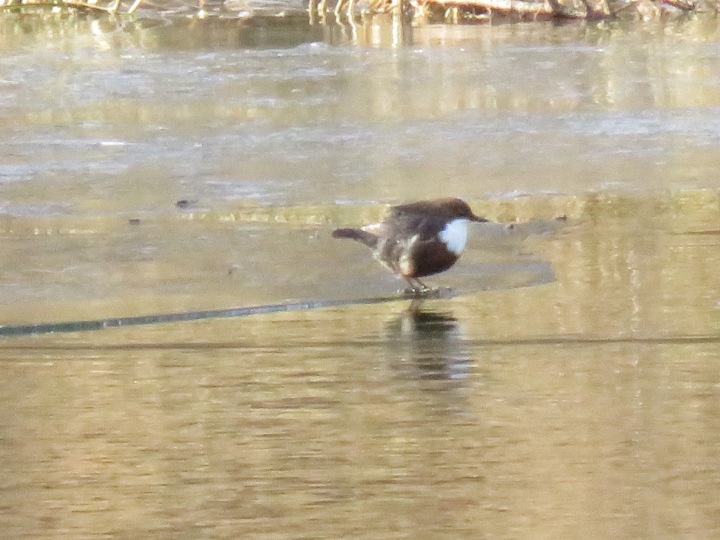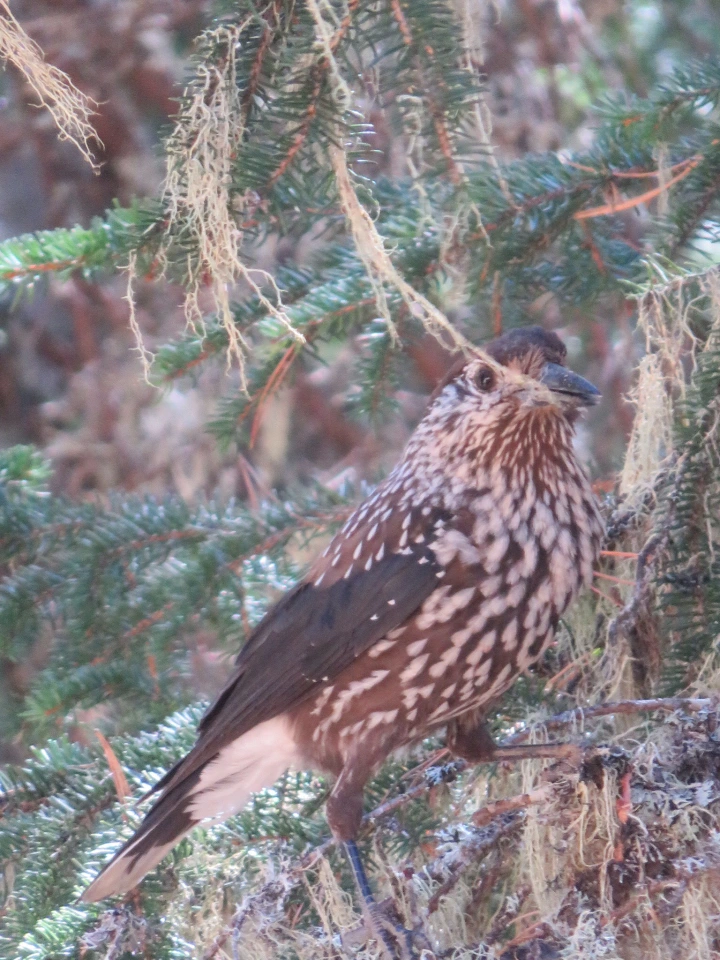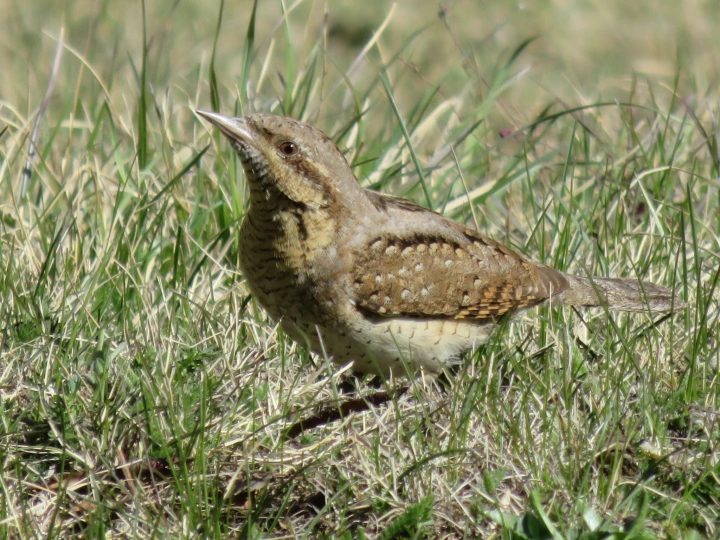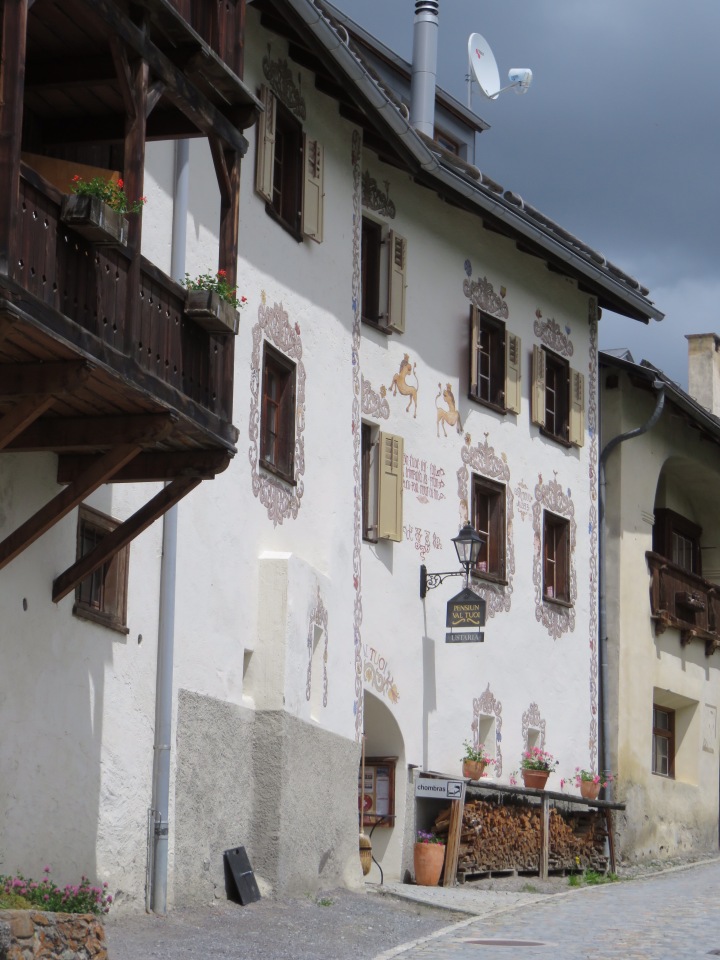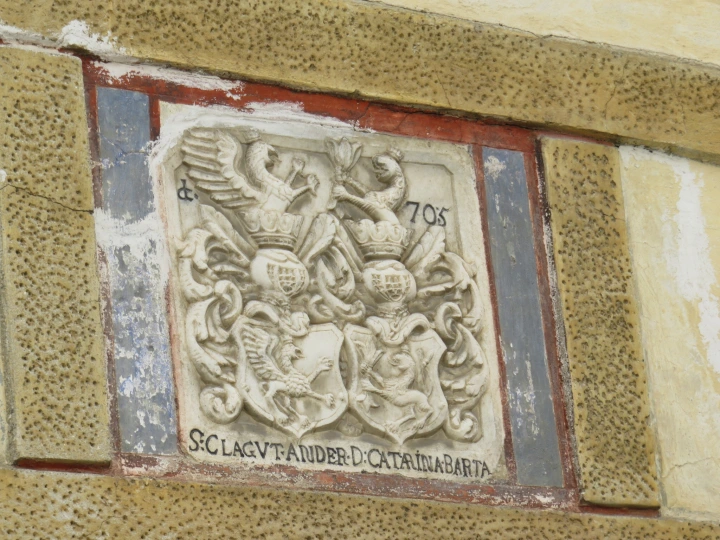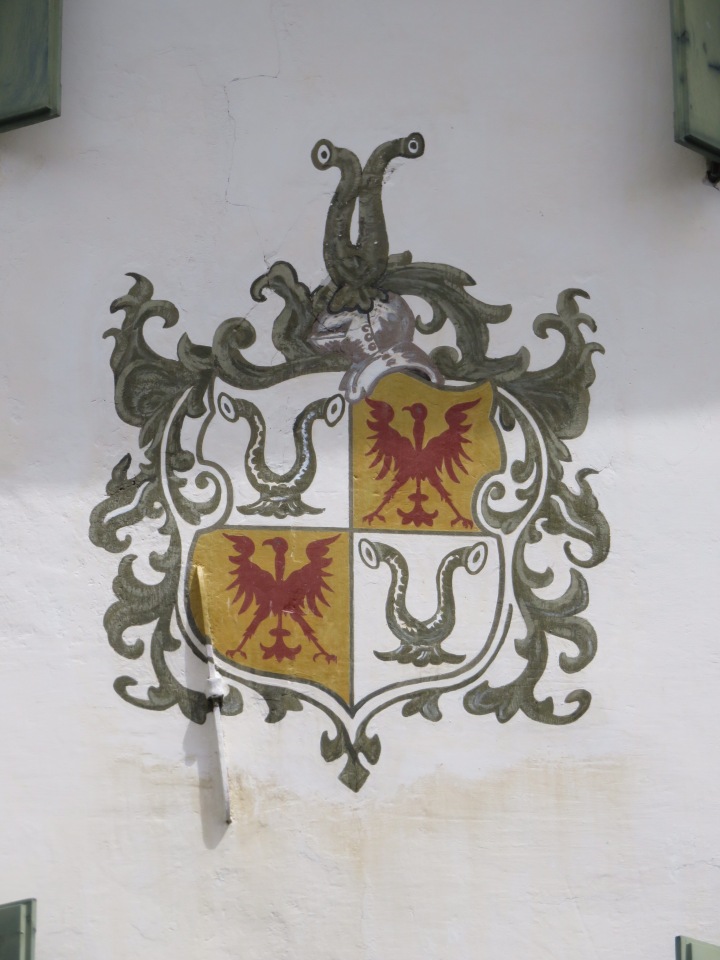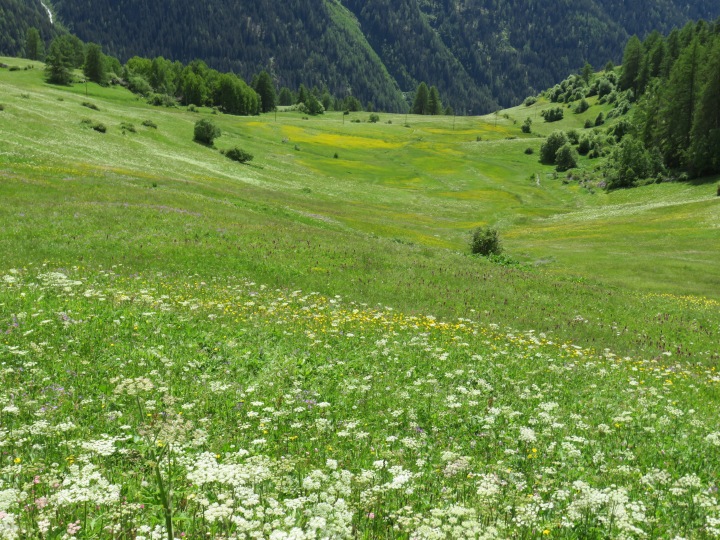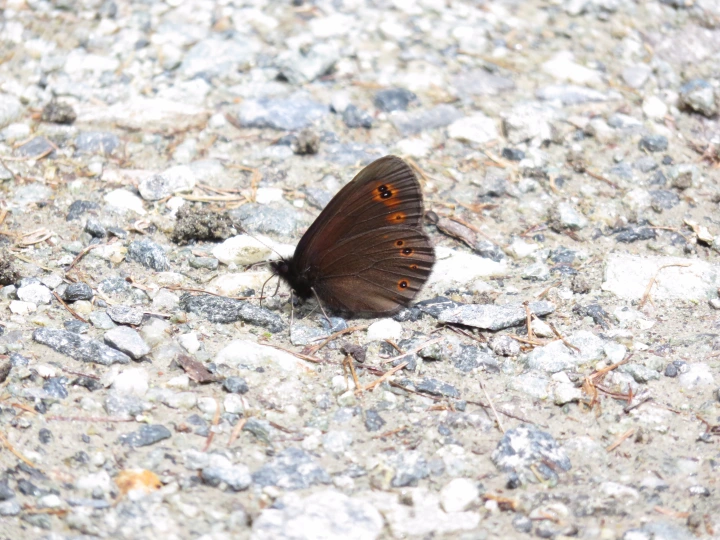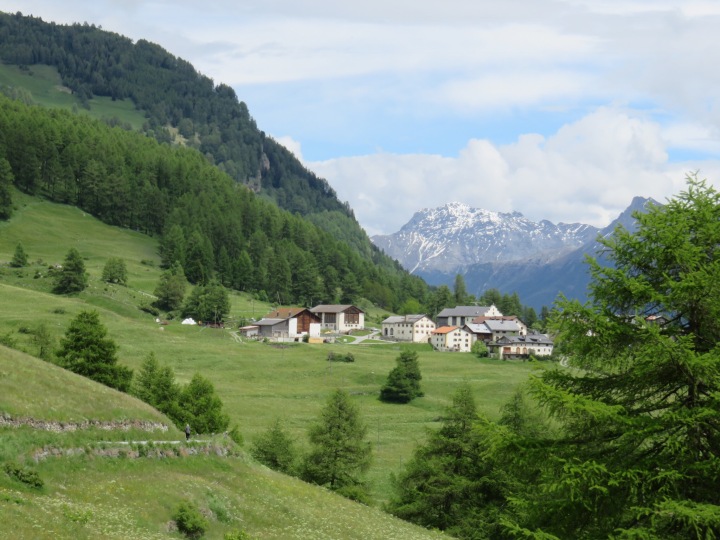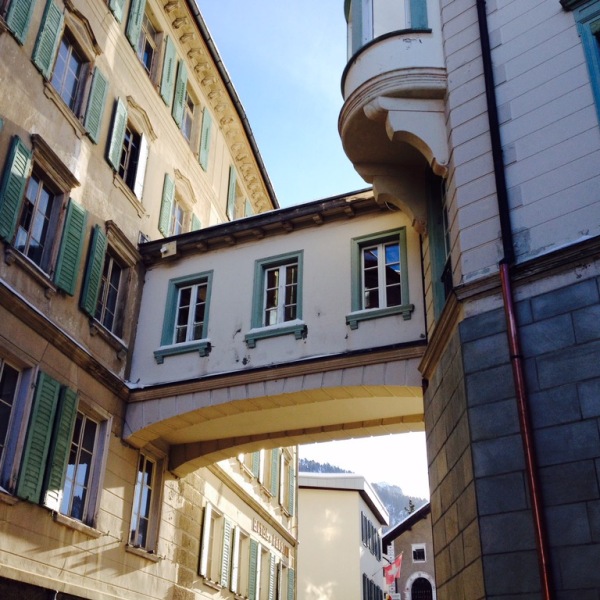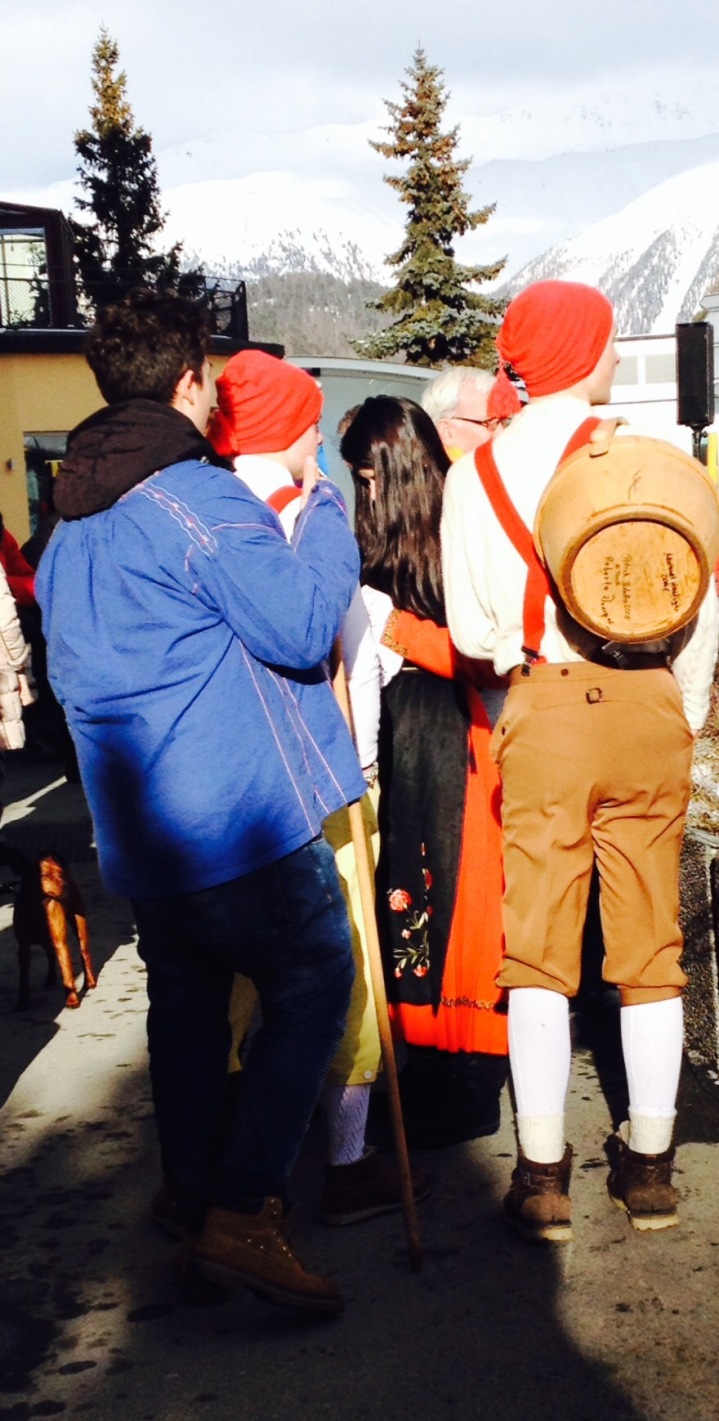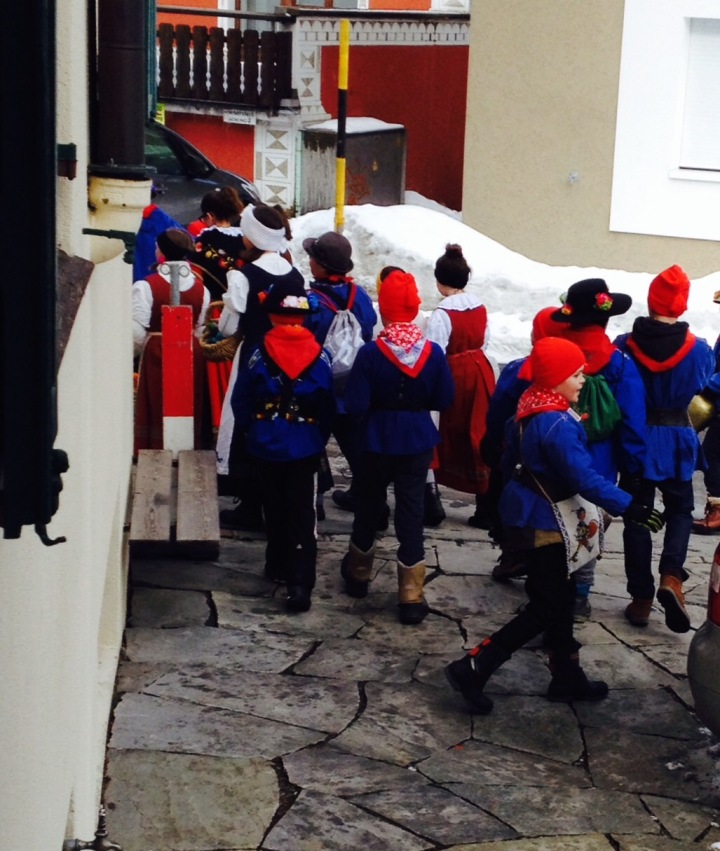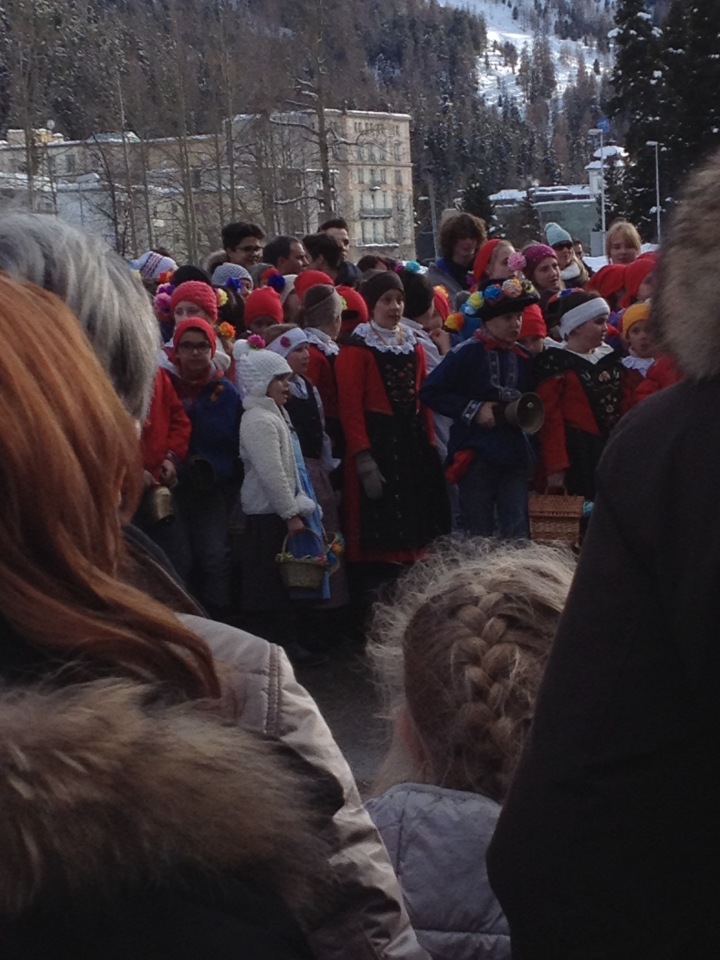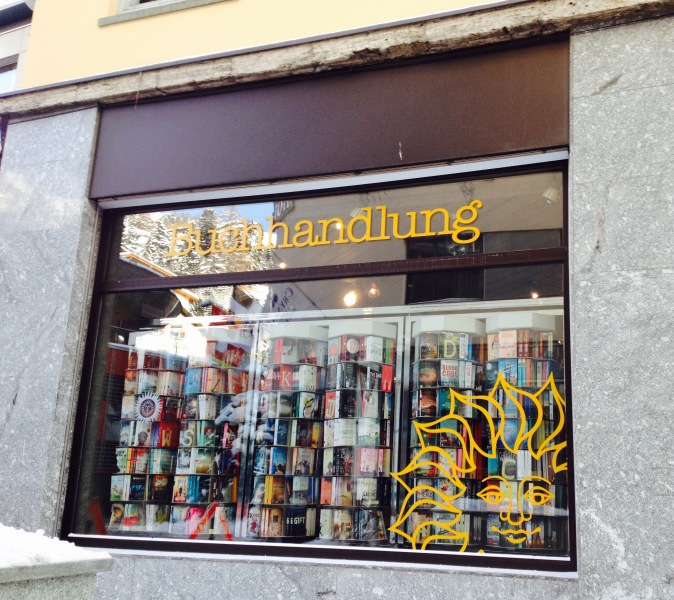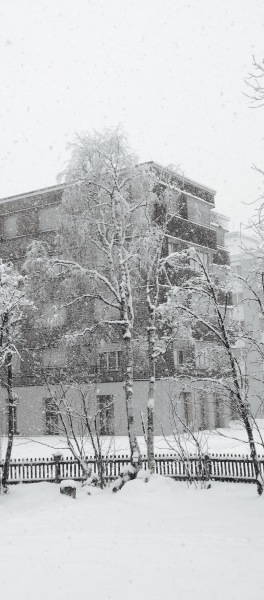This was one of Friedrich Nietzsche’s (german philosopher, 1844-1900) favorite spot, the peninsula Chastè, near Sils in the Engadin.
You can get there by car, just park at the entrance of Sils-Baselgia, because cars are not allowed in the little village. Or take the bus.
Turn right at this sign, saying Chastè.
Walk along this footpath and then turn left.
There are a lot of footpaths on this peninsula, benches to relax on and to have spectacular views to the Lake of Sils and towards Isola and Maloja. Don’t worry, you can’t get lost on the little peninsula, just explore it and enjoy the smell of the forest!
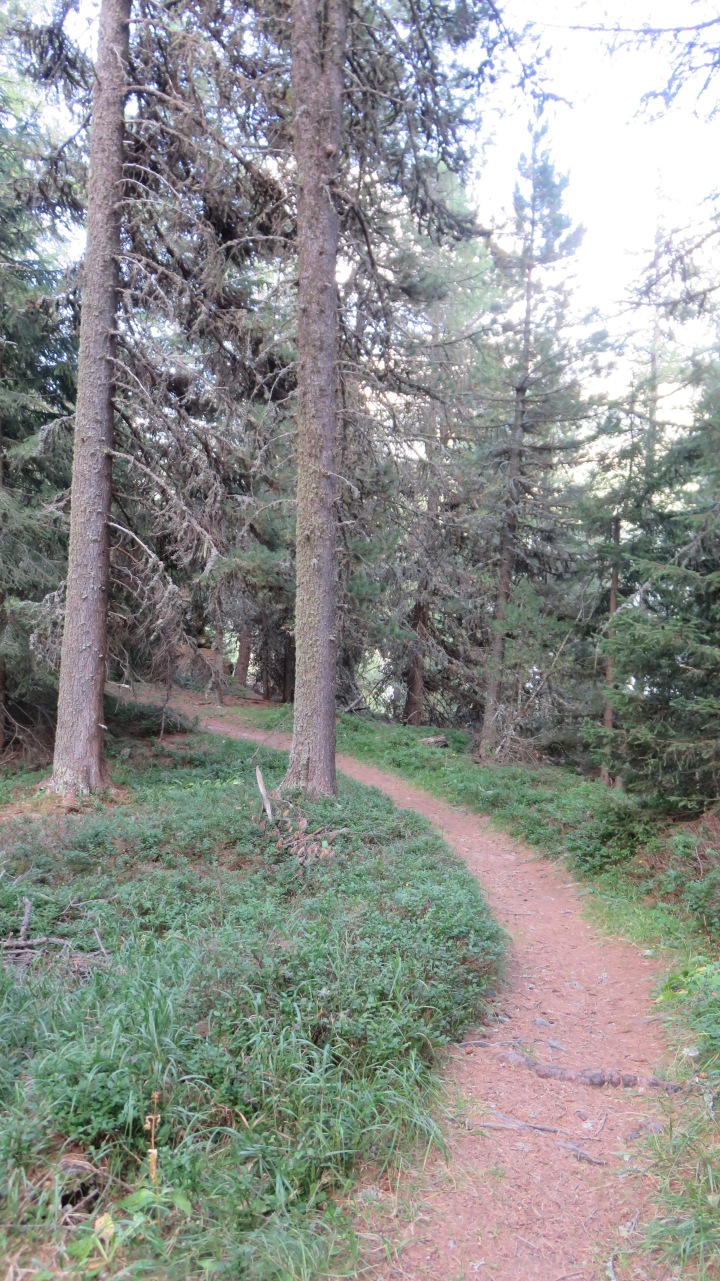

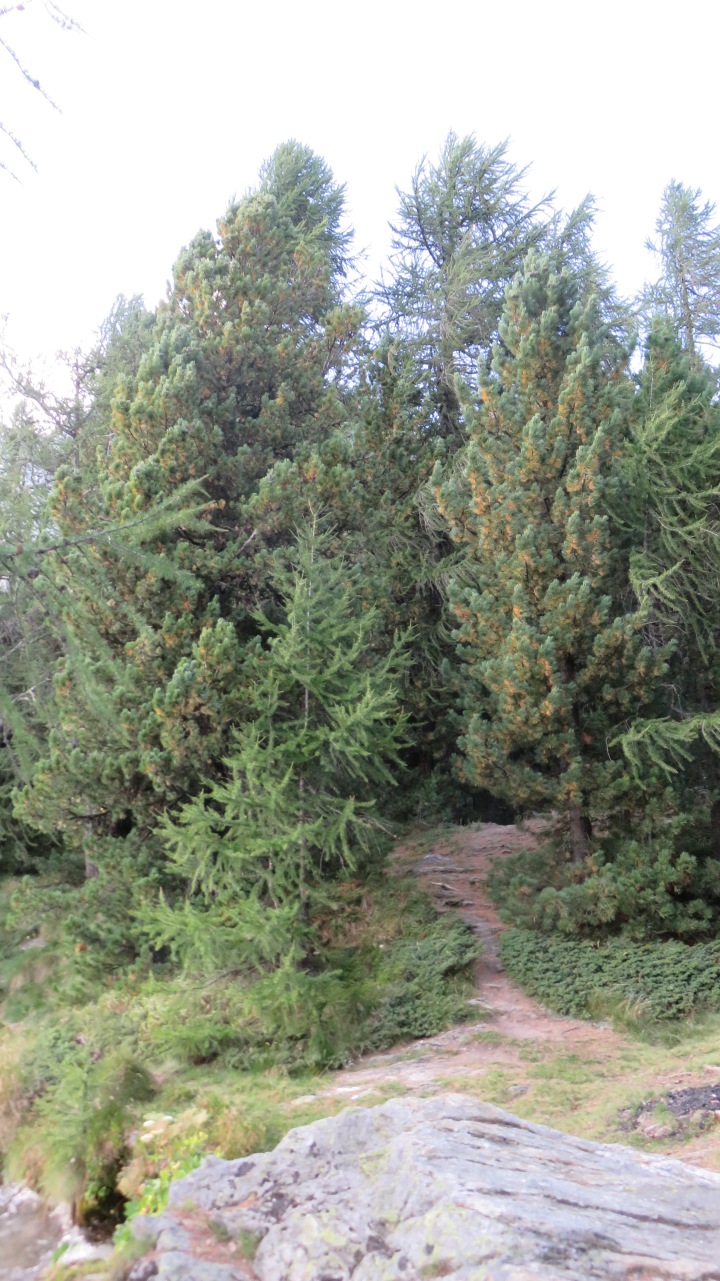
In the forest you can discover squirrels, birds, mushrooms and flowers.

The view from the different angles of the peninsula is always spectacular.
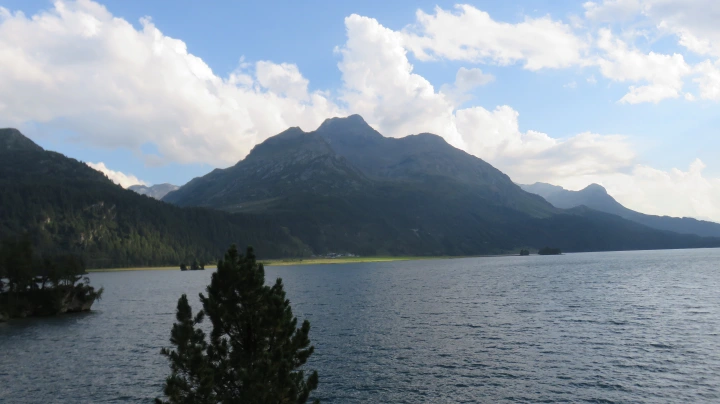
There are two places to have barbecque with firewood provided on the left-handside of the peninsula.
Near them is the landing spot of a little ferry, that takes you to Isola or Maloja (only in summer).
If the walking made you hungry, have a snack in the Grond Bakery/Restaurant in Sils (yummie!).




